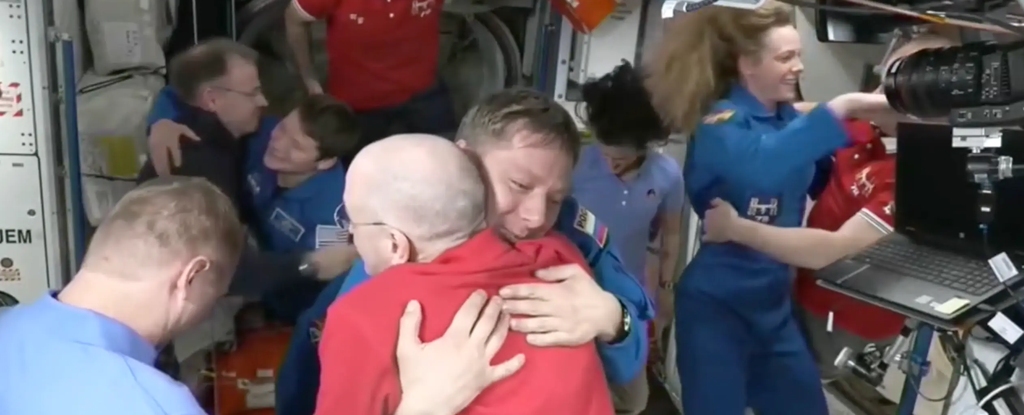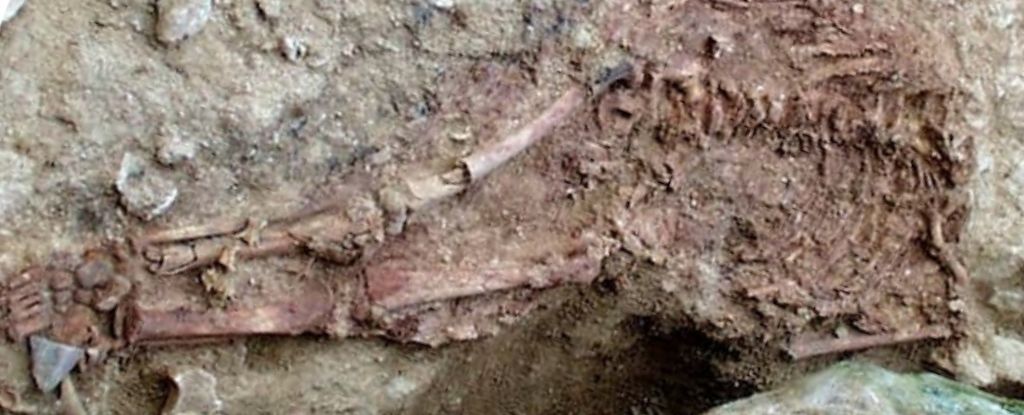Earlier this year, experiments shattered expectations by pushing the limits of what classical computing was believed to be capable of. Not only did the old fashioned binary technology crack a problem considered to be unique to quantum processing, it outperformed it.
Now physicists from the Flatiron Institute’s Center for Computational Quantum Physics in the US have an explanation for the feat which could help better define the boundaries between the two radically different methods of number-crunching.
The problem involves simulating the dynamics of what’s known as a transverse field Ising (TFI) model, which describes the alignment of quantum spin states between particles spread across a space.
Given the nature of the problem, it was regarded as a perfect subject to test the current limits of quantum computing, which utilizes the mathematics of probability behind unobserved particles existing in an undecided blur of states.
As successful as that test was, follow-up experiments have shown classical computers can do it too.
According to the Flatiron Institute’s Joseph Tindall and Dries Sels, this is possible because of a behavior called confinement, in which extremely stable states appear in the interconnected chaos of undecided particle properties, giving a classical computer something it can model.
“We didn’t really introduce any cutting-edge techniques,” says Tindall. “We brought a lot of ideas together in a concise and elegant way that made the problem solvable.”
Key to the research was identifying the presence of confinement in the TFI model and making use of it. Confinement isn’t a new phenomenon, but before now it hadn’t been associated with the model.
Confinement keeps particles in smaller clusters, limiting the available energy and putting up barriers to the entanglement patterns that can spread in a system – those probability combinations that are characteristic of quantum physics. It’s a bit like only having to solve one small corner of a giant jigsaw, rather than the whole puzzle.
Through a series of simulations and calculations, the research team was able to demonstrate that classical computer algorithms could describe what was happening in the TFI model, only more efficiently and more accurately than a quantum computer.
“In this system, the magnets won’t just suddenly scramble up,” says Tindall. “They will actually just oscillate around their initial state, even on very long timescales.”
“It is quite interesting from a physics perspective because that means the system remains in a state which has a very specific structure to it and isn’t just completely disordered.”
The findings set limits on what to expect of the potential of quantum computers; specifically, what tasks they might be able to take on that traditional computing systems can’t (we can now strike this one from the list). However, a lot of that promise has still to be realized, and scientists are still pushing and prodding these systems to see what’s possible.
“There is some boundary that separates what can be done with quantum computing and what can be done with classical computers,” says Tindall.
“At the moment, that boundary is incredibly blurry. I think our work helps clarify that boundary a bit more.”
The research has been published in Physical Review Letters.





